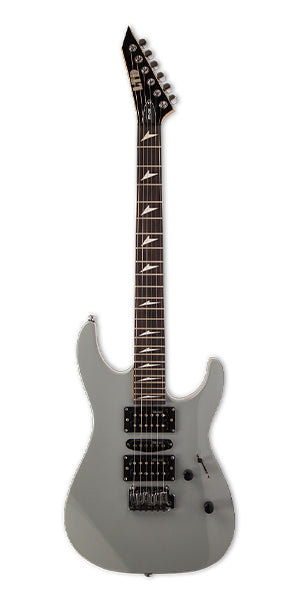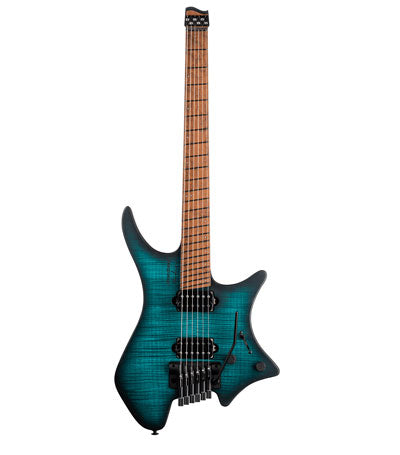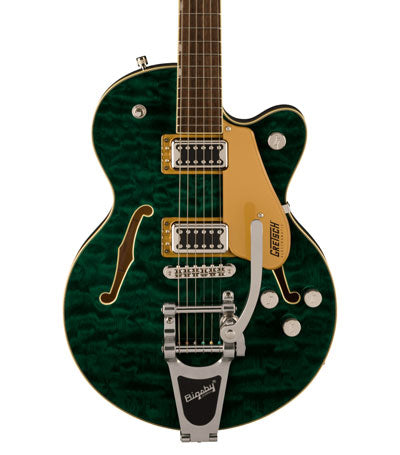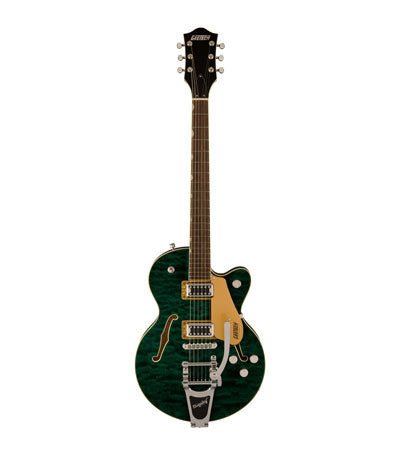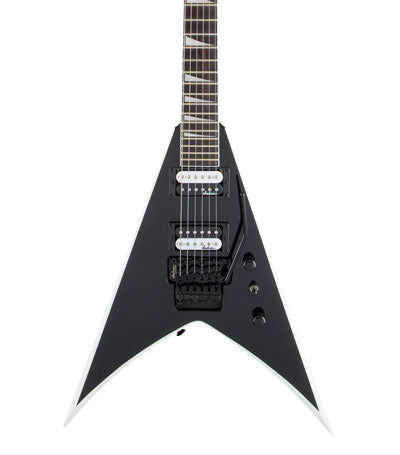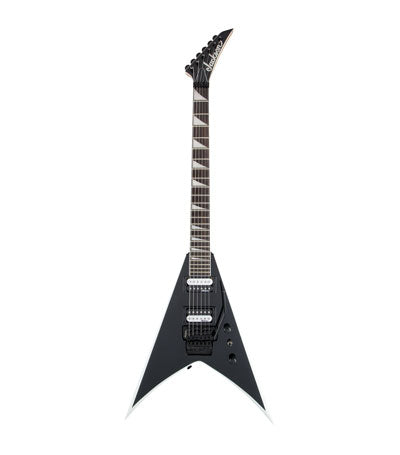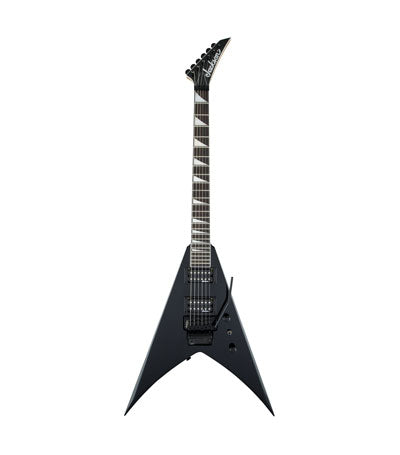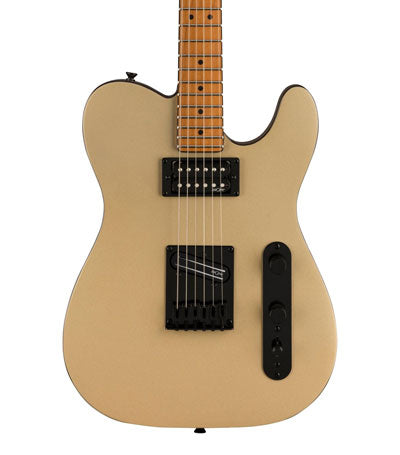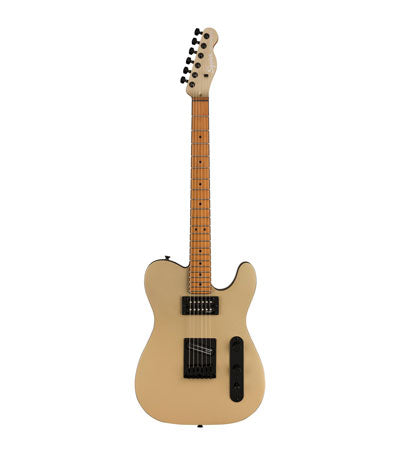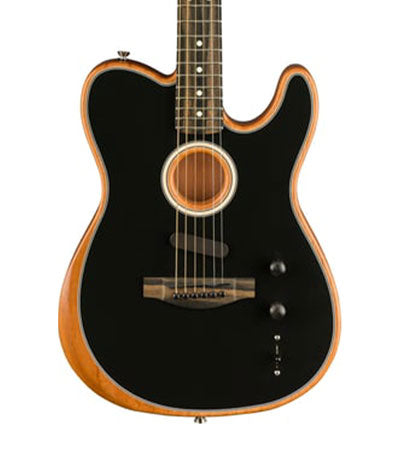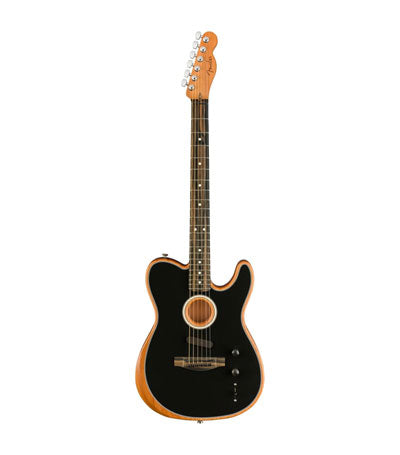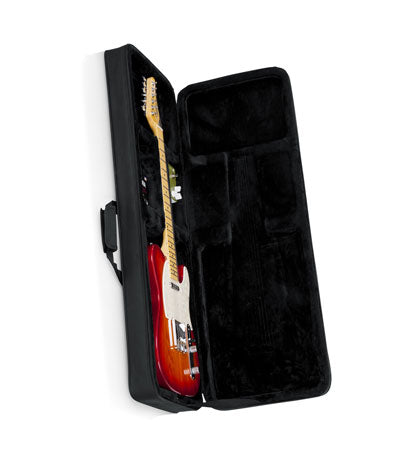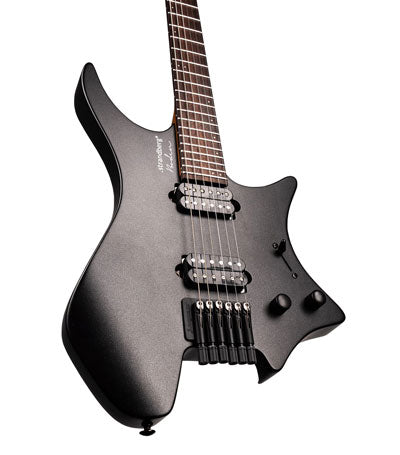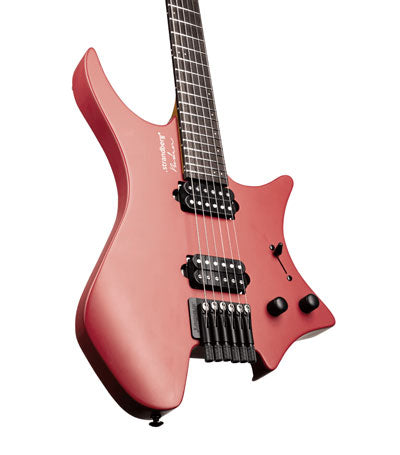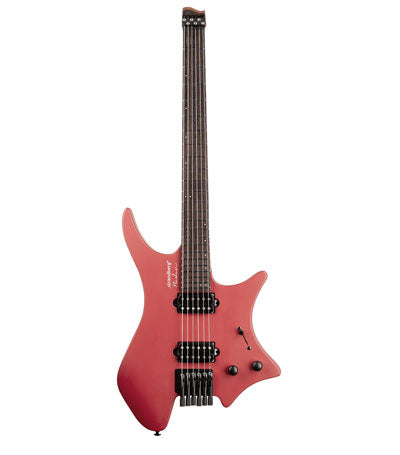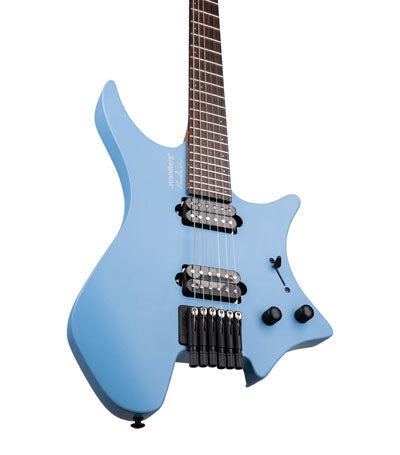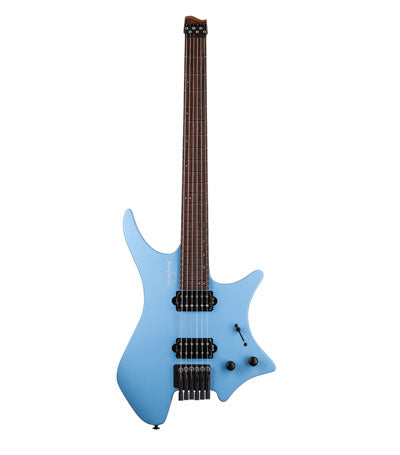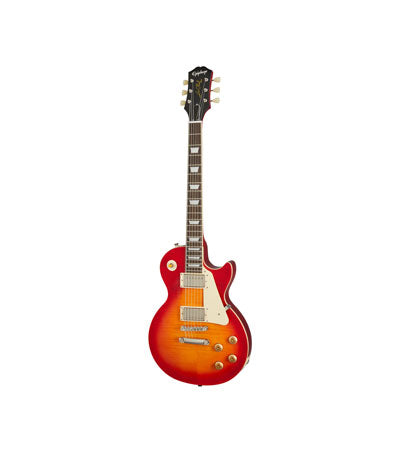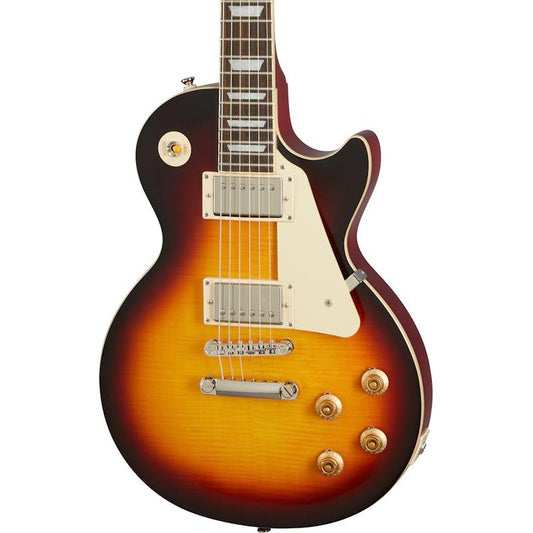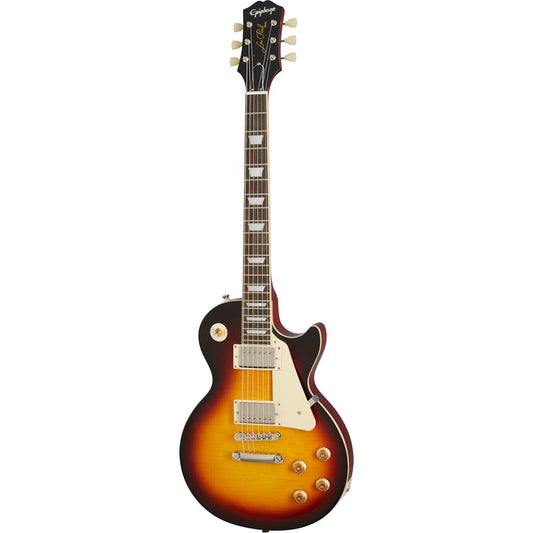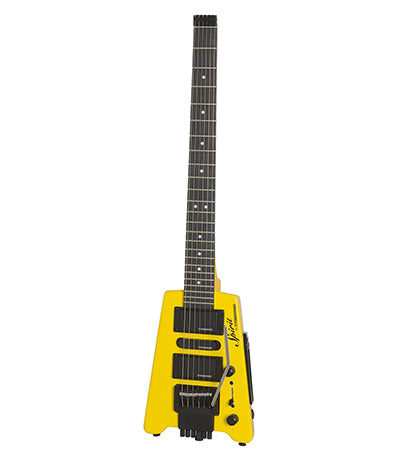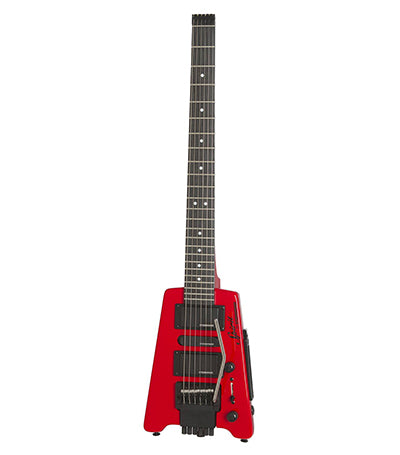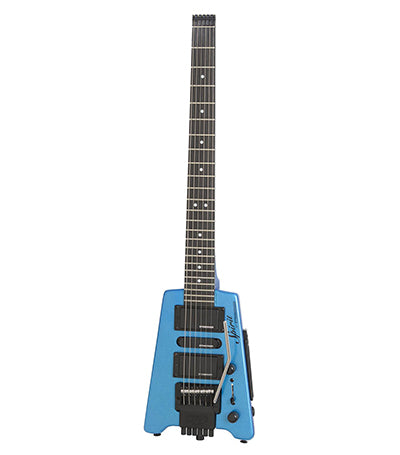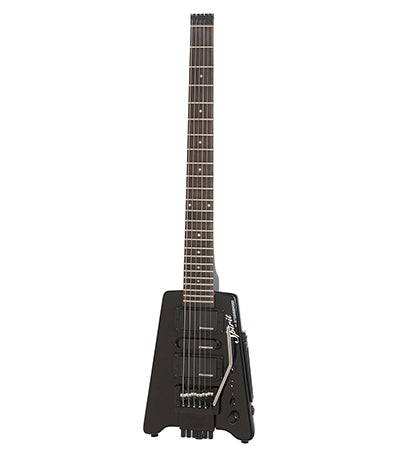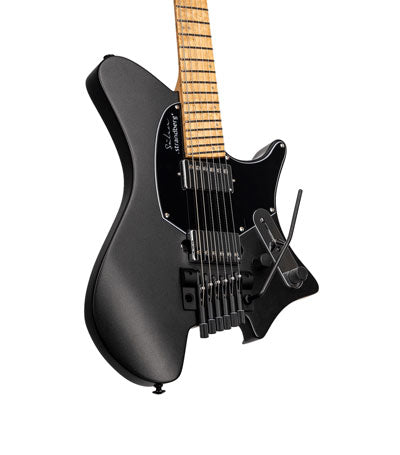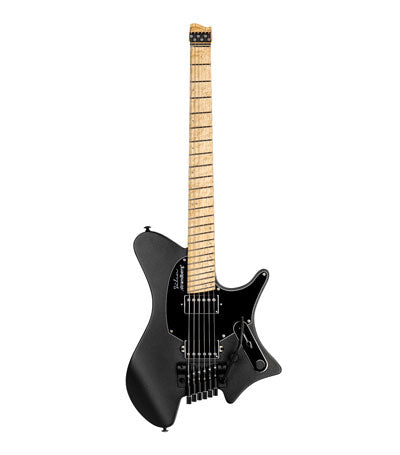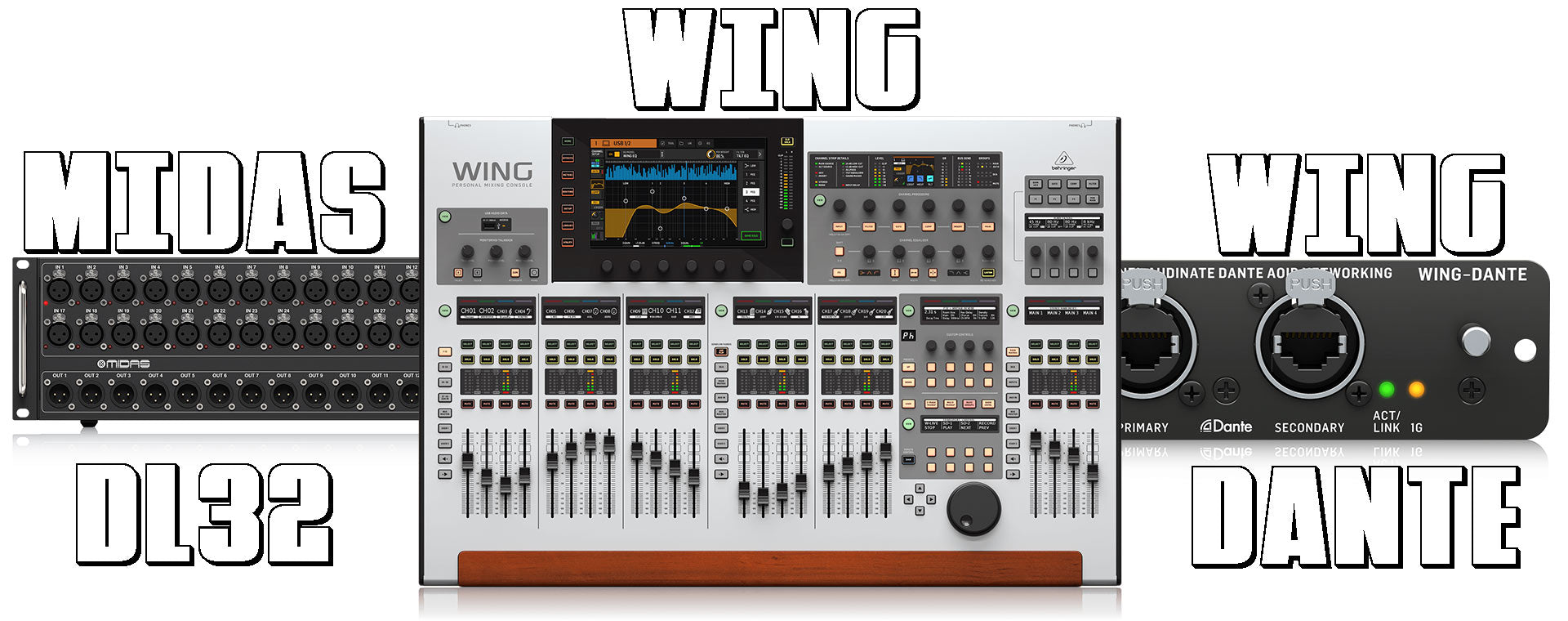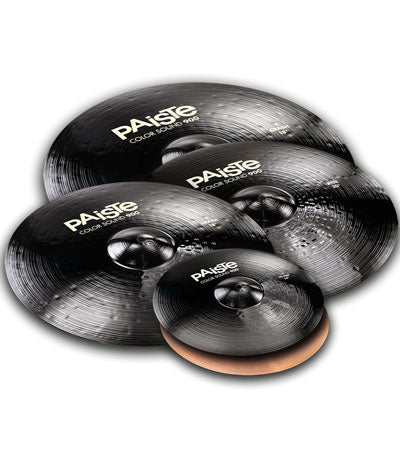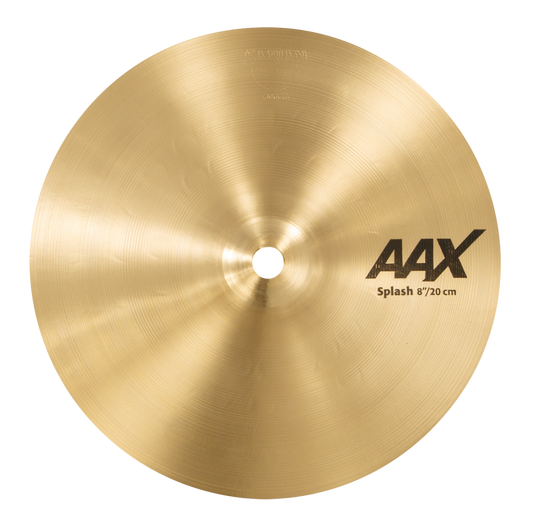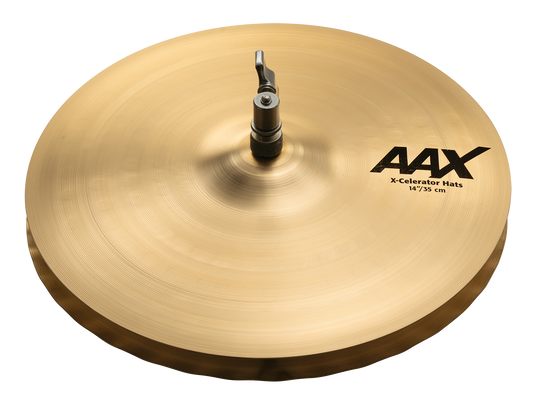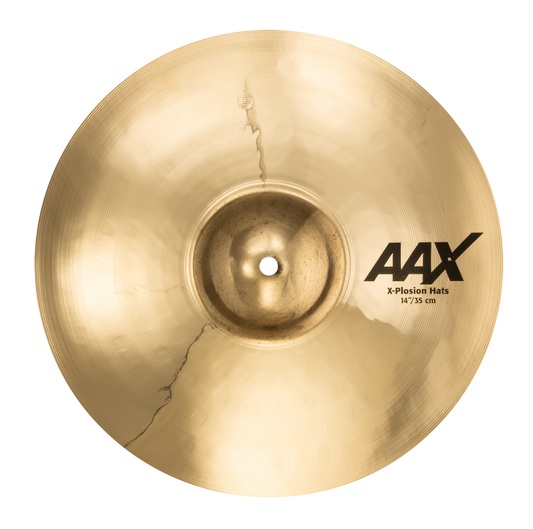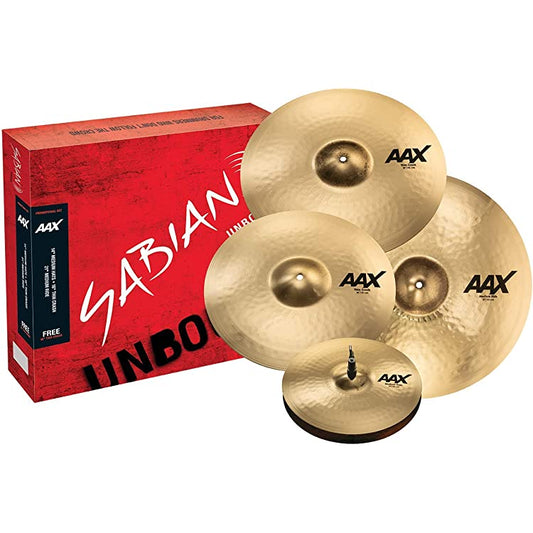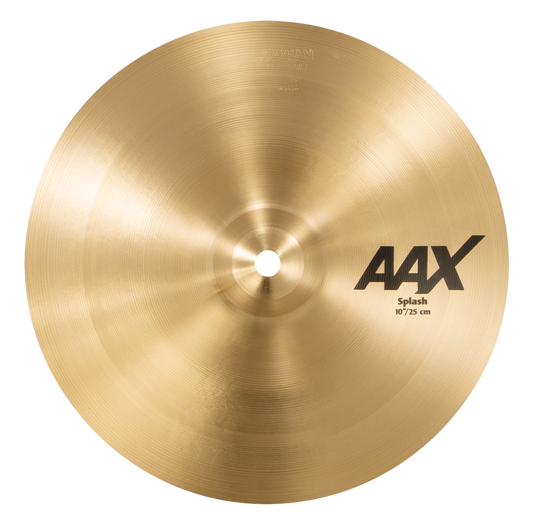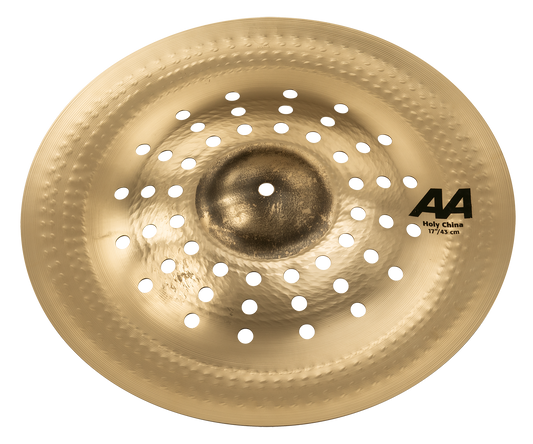-
ESP MT-130 Grey (ESPG034) 6 String Electric Guitar
Regular price Rs. 13,150.00Regular priceUnit price per -
Strandberg Boden Original NX 6 Tremolo Neck-Thru Teal - EndurNeck Electric Guitar
Regular price Rs. 408,465.00Regular priceUnit price perRs. 408,465.00Sale price Rs. 408,465.00 -
Gretsch G5655T-QM Electromatic® Center Block Jr. Single-Cut Quilted Maple With Bigsby®
Regular price Rs. 106,400.00Regular priceUnit price perRs. 112,000.00Sale price Rs. 106,400.00Sold out -
Jackson JS-32 MAD King V Electric Guitar - Matte Army Drab
Regular price Rs. 45,253.00Regular priceUnit price perRs. 47,635.00Sale price Rs. 45,253.00Sale -
Jackson JS-32 GBK King V Electric Guitar - Gloss Black
Regular price Rs. 45,253.00Regular priceUnit price perRs. 47,635.00Sale price Rs. 45,253.00Sold out -
Fender 371225544 Squier Contemporary Telecaster® Shoreline Gold Electric Guitar
Regular price Rs. 45,600.00Regular priceUnit price perRs. 48,000.00Sale price Rs. 45,600.00Sale -
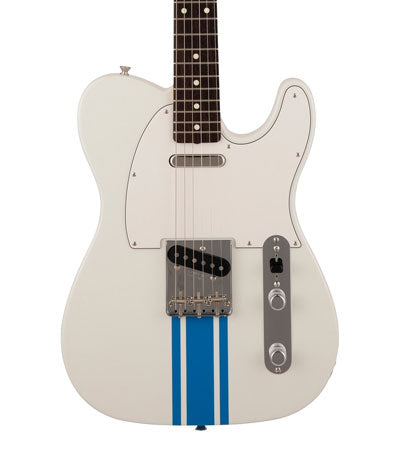

Fender 5360200385 2023 Collection Traditional '60S Telecaster® - Olympic White With Blue Stripe
Regular price Rs. 104,835.00Regular priceUnit price perRs. 110,352.00Sale price Rs. 104,835.00Sale -
Copy of Fender 5360200385 2023 Collection Traditional '60S Telecaster® - Olympic White With Blue Stripe
Regular price Rs. 110,450.00Regular priceUnit price perRs. 116,265.00Sale price Rs. 110,450.00Sale -
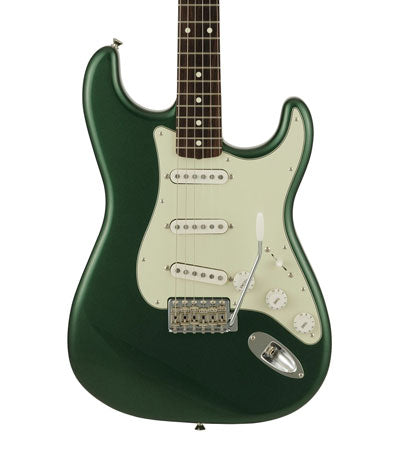
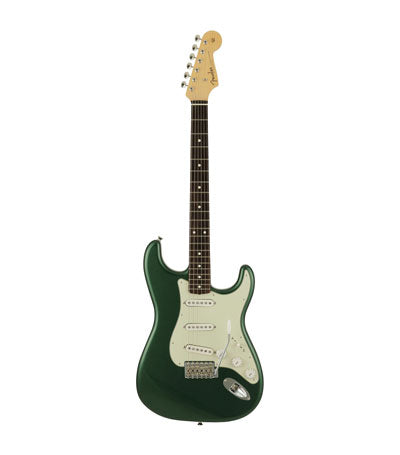
Fender 5361200346 2023 Collection Traditional '60S Stratocaster® - Aged Sherwood Green Metallic
Regular price Rs. 110,450.00Regular priceUnit price perRs. 116,265.00Sale price Rs. 110,450.00Sale -
Fendere 972013206 American Acoustasonic Telecaster Black Acoustasonic Guitar
Regular price Rs. 203,811.00Regular priceUnit price perRs. 214,538.00Sale price Rs. 203,811.00Sold out -
Charvel Pro-Mod DK24 HH 2PT Electric Guitar - MATTE BLUE FROST
Regular price Rs. 115,496.00Regular priceUnit price perRs. 121,575.00Sale price Rs. 115,496.00Sale -
Gator GBE-EXTREME-1 Unique Shaped Guitar Gig Bag
Regular price Rs. 3,200.00Regular priceUnit price per -
Gator GL-ELECTRIC Rigid EPS Foam Lightweight Case for Electric Guitars
Regular price Rs. 9,900.00Regular priceUnit price per -
Strandberg Boden Essential Black Granite EndurNeck Electric Guitar
Regular price Rs. 125,000.00Regular priceUnit price per -
Strandberg Boden Essential 6 Astro Dust EndurNeck Electric Guitar
Regular price Rs. 125,000.00Regular priceUnit price per -
Strandberg Boden Essential 6 Elemental Blue EndurNeck Electric Guitar
Regular price Rs. 125,000.00Regular priceUnit price per -
Epiphone ENL59ADCNH1 1959 Les Paul Standard Outfit With Hard Case - Aged Dark Cherry Burst
Regular price Rs. 121,000.00Regular priceUnit price per -
Epiphone ENL59ADBNH1 1959 Les Paul Standard Outfit With Hard Case – Aged Dark Burst
Regular price Rs. 121,000.00Regular priceUnit price per -
Steinberger Design GTPROWH1 Spirit GT-PRO Deluxe - HSH With Gig Bag
Regular price Rs. 48,500.00Regular priceUnit price per -
Steinberger Design GTPROHY1 Spirit GT-PRO Deluxe - HSH With Gig Bag
Regular price Rs. 52,300.00Regular priceUnit price per -
Steinberger Design GTPROHR1 Spirit GT-PRO Deluxe - HSH With Gig Bag
Regular price Rs. 52,300.00Regular priceUnit price per -
Steinberger Design GTPROFB1 Spirit GT-PRO Deluxe - HSH With Gig Bag
Regular price Rs. 52,300.00Regular priceUnit price per -
Steinberger Design GTPROBK1 Spirit GT-PRO Deluxe - HSH With Gig Bag
Regular price Rs. 48,500.00Regular priceUnit price per -
Strandberg Salen Classic NX 6 Tremolo Black EndurNeck Electric Guitar
Regular price Rs. 224,406.00Regular priceUnit price per

FOCAL PRO
DISCOVER THE PROFESSIONAL AUDIO FOCAL PRODUCTS
This is the Focal Professional philosophy. These professional monitors are conveived right from the first stages of R&D to reporduce the sound signal without distorsion.

ZILDJIAN CYMBALS
Blending old world concepts and new world techniques,Zildjianhas evolved with both music and technology, continuing to innovate the process of cymbal...
Featured collection
-
Paiste 000190MXTE CS 900 Series Black Cymbal Set (14/16/18/20)
Regular price Rs. 66,880.00Regular priceUnit price perRs. 70,400.00Sale price Rs. 66,880.00Sale -
Sabian 20805X AAX Series X 8" Splash Cymbal
Regular price Rs. 15,460.00Regular priceUnit price perRs. 16,274.00Sale price Rs. 15,460.00Sale -
Sabian 21402XL AAX Series 14" X-Celerator Hi Hats Cymbal
Regular price Rs. 46,926.00Regular priceUnit price perRs. 49,396.00Sale price Rs. 46,926.00Sale -
Sabian 2140287XB 14 inch AAX X-Plosion Hi-hat Cymbals - Brilliant Finish
Regular price Rs. 46,926.00Regular priceUnit price perRs. 49,396.00Sale price Rs. 46,926.00Sale -
Sabian 25005XC-PWB AAX series Praise & Worship (14HH/16C/18C/21R+10S) Cymbal Set
Regular price Rs. 122,579.00Regular priceUnit price perRs. 129,030.00Sale price Rs. 122,579.00Sale -
Sabian 21005X AAX series Splash 10" Cymbal
Regular price Rs. 19,735.00Regular priceUnit price perRs. 20,774.00Sale price Rs. 19,735.00Sale -
Sabian 25005XCPB AAX series Promotional (14HH/16C/21R+18C) Cymbal Set
Regular price Rs. 95,827.00Regular priceUnit price perRs. 100,870.00Sale price Rs. 95,827.00Sale -
Sabian 21716CSB AA series Holy China 17" Cymbal Brilliant Finish
Regular price Rs. 30,919.00Regular priceUnit price perRs. 32,546.00Sale price Rs. 30,919.00Sale



